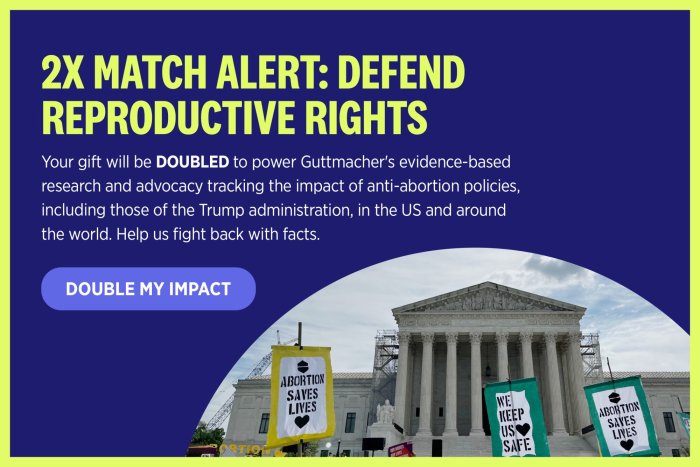CONTEXT
Little research has explored how teenagers think about abstinence and how it functions in their lives. These questions are particularly salient in light of widespread funding of abstinence-only programs in the United States.
METHODS
Data on attitudes and intentions related to abstinence and sex were collected from 365 adolescents aged 12–15 who participated in an HIV risk reduction program in Seattle in 2001–2003. Logistic regression analyses assessed associations between these cognitions, as measured six months after the program, and teenagers’ likelihood of having vaginal or anal sex in the subsequent six months.
RESULTS
Adolescents who had positive attitudes and intentions about abstinence had a reduced likelihood of subsequently engaging in sex (odds ratio, 0.6 for each), whereas those with positive attitudes and intentions about having sex had an elevated likelihood of engaging in sex (2.2 and 3.5, respectively). A regression model including only sex cognitions accounted for substantially more variation in sexual activity than did one including only abstinence cognitions (15–26% vs. 6–8%). Significant interaction effects were also seen: Among teenagers with low levels of sex intention, greater abstinence intention had little relationship to the predicted probability of having sex, but among teenagers with high levels of sex intention, greater abstinence intention was associated with increases in the predicted probability of having sex.
CONCLUSIONS
Youth do not consider abstinence and sexual activity opposing constructs, and solely instilling positive abstinence attitudes and intentions in youth may not have robust effects in preventing sexual activity.
Perspectives on Sexual and Reproductive Health, 2008, 40(2):87–93
